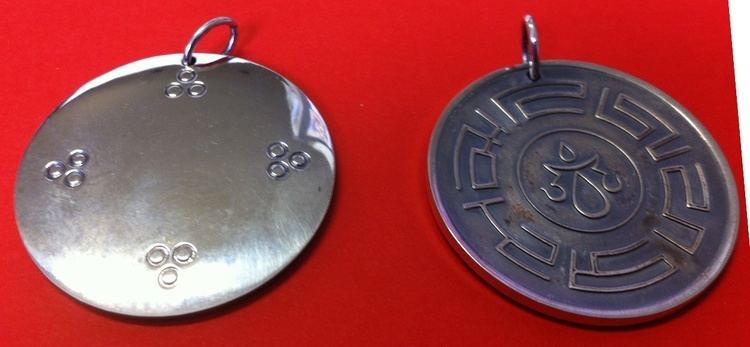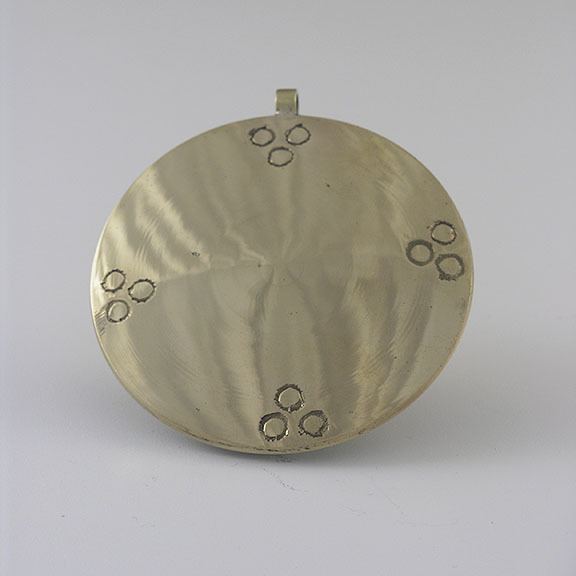 | ||
Melong band bhod gyalo victory to tibet
Melong is a Tibetan term that means "mirror", "looking glass". The melong is a polyvalent symbol, divine attribute, and quality of the enlightened mindstream or bodhicitta.
Contents
- Melong band bhod gyalo victory to tibet
- Aphink uchen melong rasate
- Nomenclature orthography etymology
- Discussion
- Akshobhya
- Literature
- The Mirror
- References

Aphink uchen melong rasate
Nomenclature, orthography, etymology
Mirror (Sanskr. ādarśa, darpaṇa; Tib. me long)
Discussion

The mirror is an ancient symbol throughout Indian religions. In Indian iconography it may be understood as a symbol for clarity, wholesome or complete perception and 'primordial purity' (Tibetan: ka dag) of the mindstream or consciousness. The mirror is often depicted as an accoutrement of the hagiographical signification of fully realised Mahasiddha, Dzogchenpa and Mahamudra sadhaka. The mirror may be understood as a quality of the mindstream that denotes perceiving experience as it is without obscuration formed by klesha, etc.

The mirror may be engaged in the advanced Tantric sadhana of the Gyulu. As the mirror, so the mind. The mirror as the mind, following Yogacara, reflects quality and form, though is not directly altered and is 'beyond all attributes and form' (Sanskrit: nirguna).
Sawyer (1998: unpaginated) in an essay to accompany curatorial notes for an exhibition and a particular c.19th century xylograph on silk entitled 'Offerings to Mahakala' depicting an 'array of ritual offerings' to the Dharmapala Mahakala, conveys the importance of 'mirror' iconography to Dharmakaya:

The looking glass/mirror (T. me-long, Skt. adarsa), which represents the dharmakaya or Truth Body, having the aspects of purity (a mirror is clear of pollution) and wisdom (a mirror reflects all phenomena without distinction).
Akshobhya
The Dhyani Buddha, Akshobhya, is the embodiment of 'mirror knowledge' (Sanskrit: Ādarśa-jñāna; refer Panchajnana).
Literature
The mirror motif is employed pervasively throughout Buddhist literature but it is very important to traditions of Dzoghcen. A number of texts use the mirror motif in their title:
The Mirror
The Mirror is the title of the newspaper of the International Dzogchen Community established by Namkhai Norbu.
